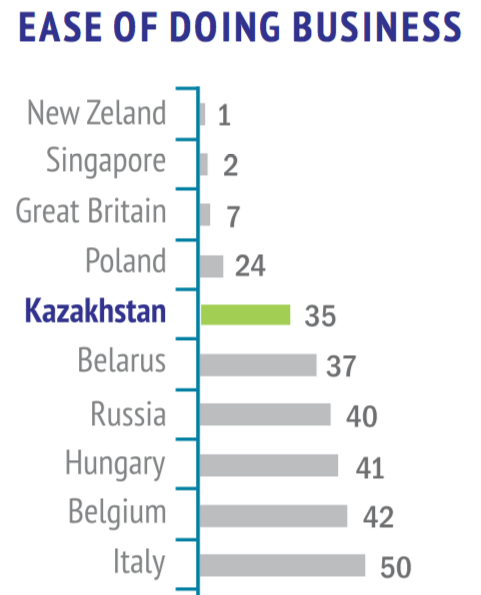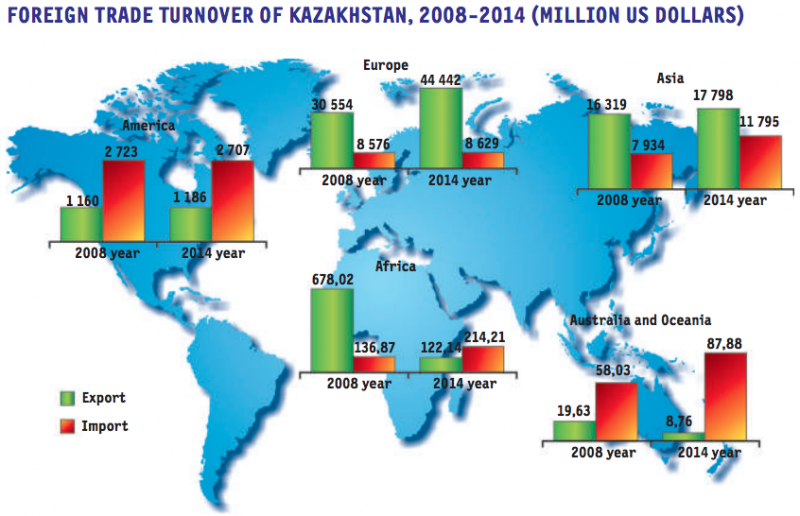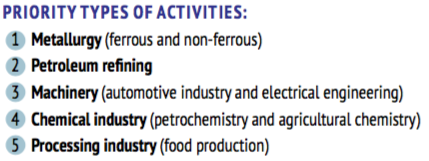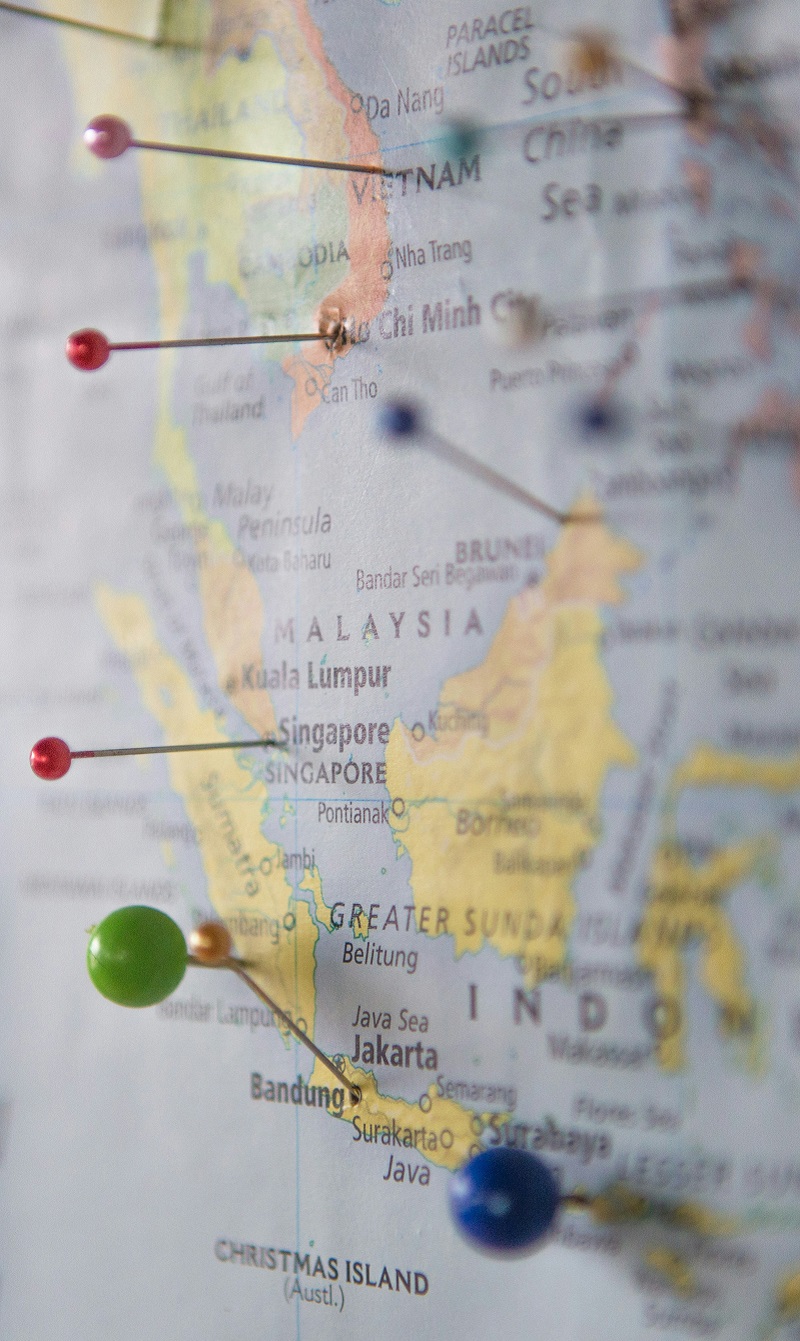Kazakhstan’s economic potential
Tackling issues of economic progress may have been a tough global issue in past years, but opportunities for solutions are fast developing. Explore how best to seize these opportunities in the 9th largest country in the world, Kazakhstan.

The new silk road
Kazakhstan’s the 9th largest country in the world. It has a population of 17.8 million, an area of 2.7 million square km and more than 210 million hectares of agricultural land. It holds huge potential for economic development in various sectors. As the heart of Eurasia (Europe and Asia), it gives access to the seaport of Batumi in Georgia and a terminal in the port of Lianyungang.
Kazakhstan has recently also paved the way for a new Silk Road called the One Belt One Road Initiative – a railway route from China through Kazakhstan to Europe. This land between China and Kazakhstan will bridge Asia and Europe in a way that could reshape global trade. Involving 65 countries across three continents, it promises to invest over USD1 trillion in Europe, Asia and Africa.
Last year, the Organisation for Economic Cooperation (OECD) signed an agreement with Kazakhstan to work towards prioritising strategy for improvements on the investment policy framework in the country for foreigners.
Increasing trade opportunities
According to PricewaterhouseCoopers (PwC), this bridge would increase trade by rail to 10 per cent by 2025, as 90 per cent of trade between China and Europe are currently by ships. This will also give access to a duty-free Eurasian Economic Union (EAEU) market to 182 million consumers.


Its strategic location has also been highlighted as they’ve recently joined the World Trade Organisation in 2015. Their investment preferences also make for lean rules and regulation to incentivise projects in industries like food production, oil refining, automotive industry and electrical engineering, as well as the metal and chemical industries. Such projects that handle technological equipment and raw materials are also exempted from custom duties for five years.
Expert analysis of Kazakhstan’s development estimated that as of 2015 – 2016, the efficiency of state regulation and investor support have significantly improved.

Popular industries
Kazakhstan has a wealth of natural resources, this makes for a vibrant mining industry and places it at the top of world rankings for chrome, uranium, manganese and zinc, among other resources. Last year, Rio Tinto, one of the world’s largest metal and mining corporations, started exploration for copper in the capital region of Kazakhstan, Karaganda. It’s worthwhile to note that the Kazakhstan Stock Exchange is also the largest multifunctional and organised financial markets in Central Asia, which attracts both domestic and foreign investors.
Kazakhstan’s economy comes only second to Russia in attracting over USD235 billion of Foreign Direct Investment (FDI) between 2006 – 2016. It’s 2016, FDI stood at USD20.6 billion. As of 2016, its exports exceeded its imports by over USD10 billion (according to a Deloitte report). The agricultural industry is also booming with over seven per cent of the total contribution to the gross value added of the country.

Continental climate
Situated in the centre of the Eurasian landmass, adjoining a large part of the Caspian Sea, Kazakhstan has an interesting climate. On average, there are about 263 of sunny days per year in Kazakhstan which makes for opportunities for the development of greenhouses with low solar energy costs. This makes production costs of fruits and vegetables even lower than China. Other branches in Kazakhstan’s agro-industrial complex, which is the large scale integrated production system for both industrial and agricultural purposes, include organic products, milk and dairy, oil-bearing crops – which is the main export for China – and flax as well as rapeseed, which are main exports for western Europe. In addition to that, the vacant market size in retail hypermarkets reaches over USD1 billion in Kazakhstan. Though this may give a little idea of the budding opportunities Kazakhstan holds, it still doesn’t encompass its entire potential.
___________________





